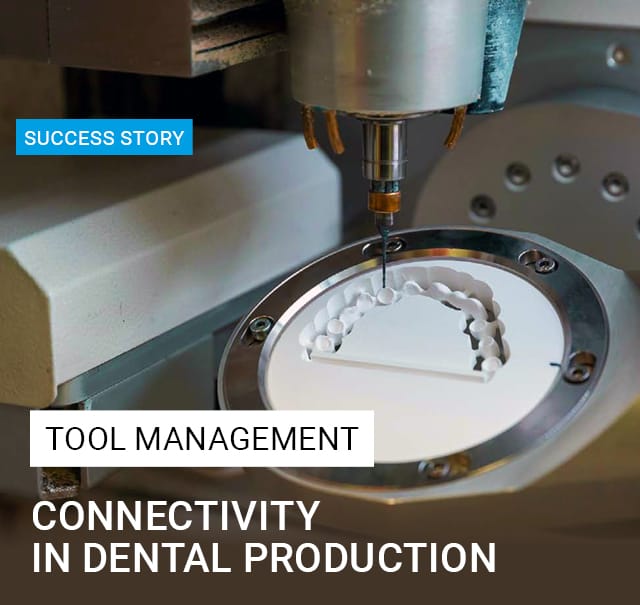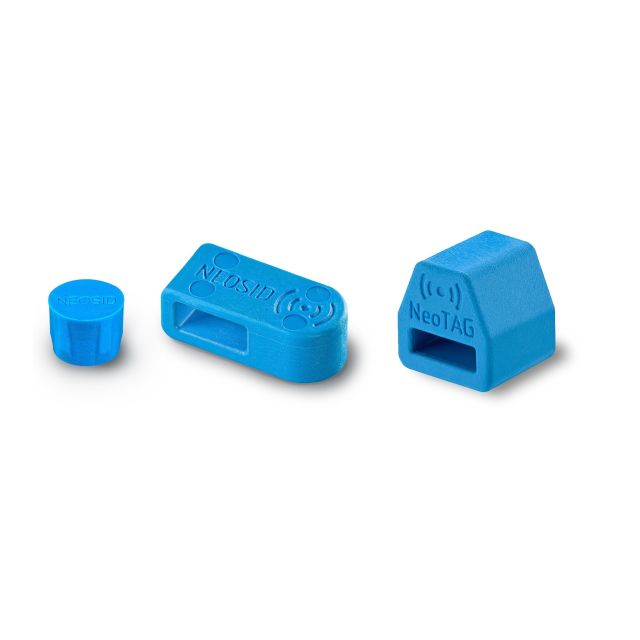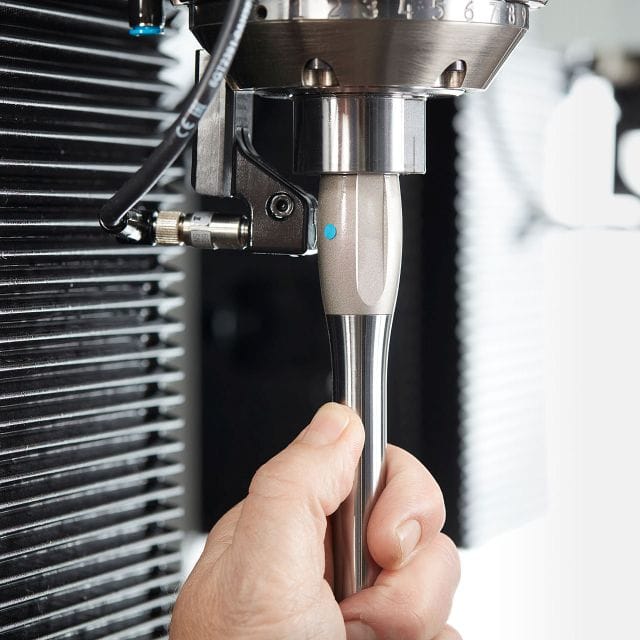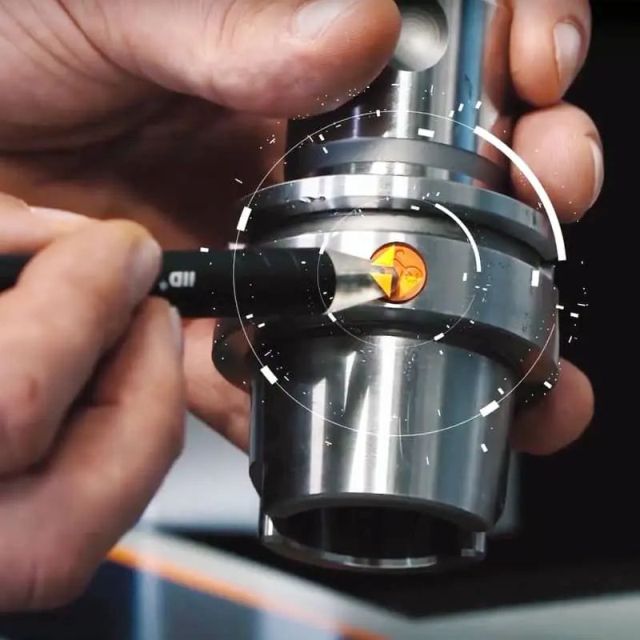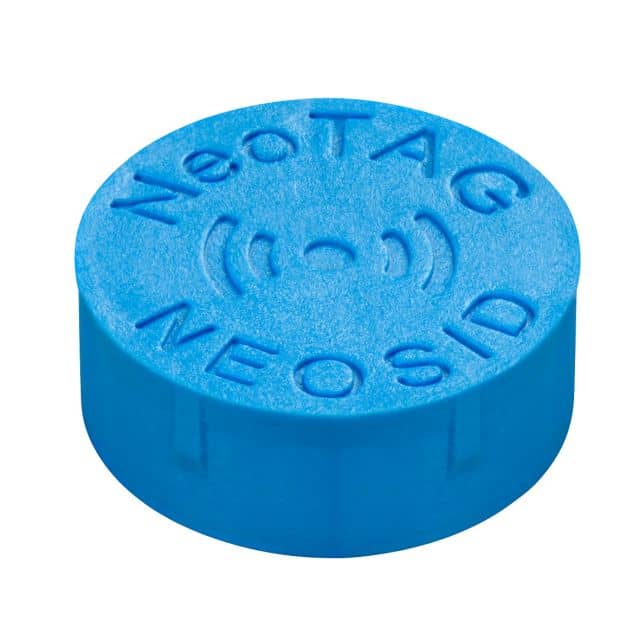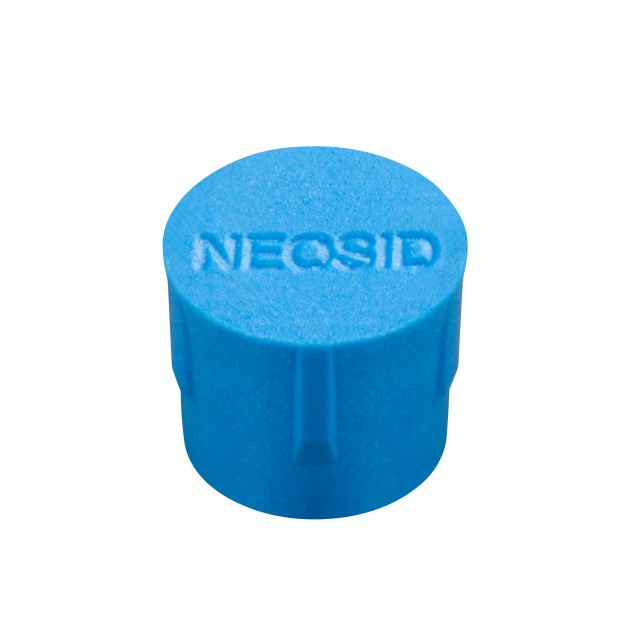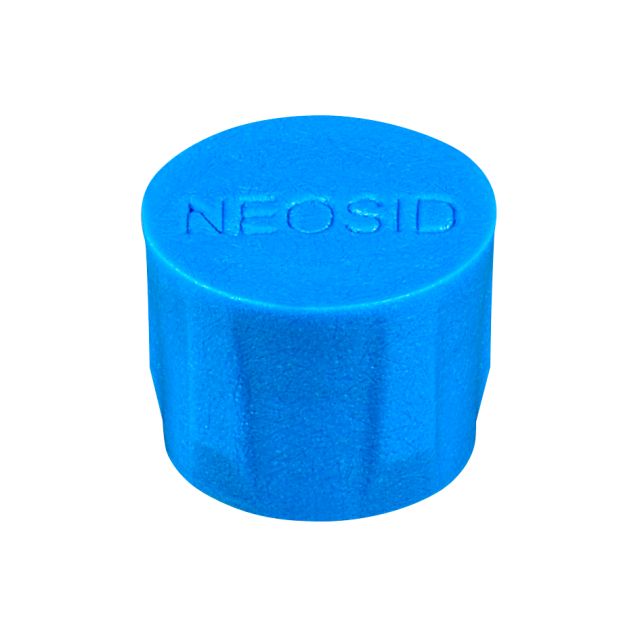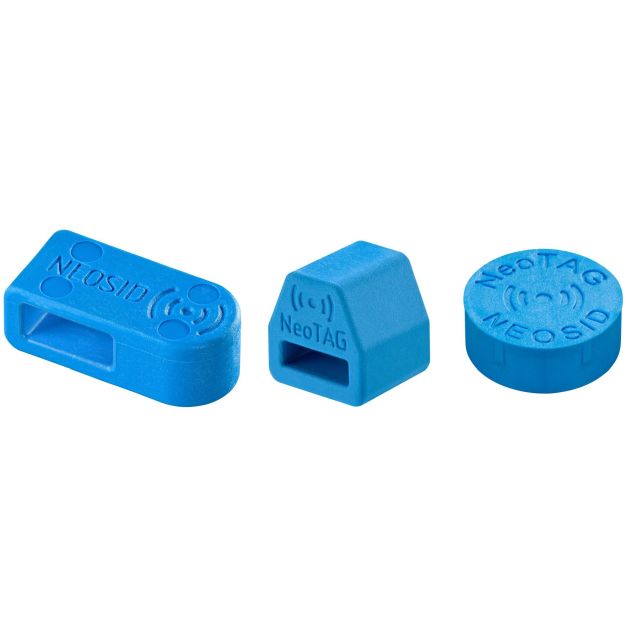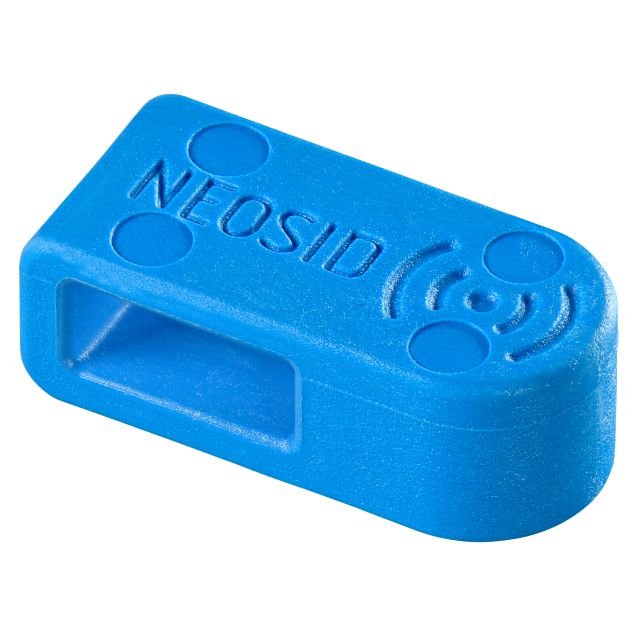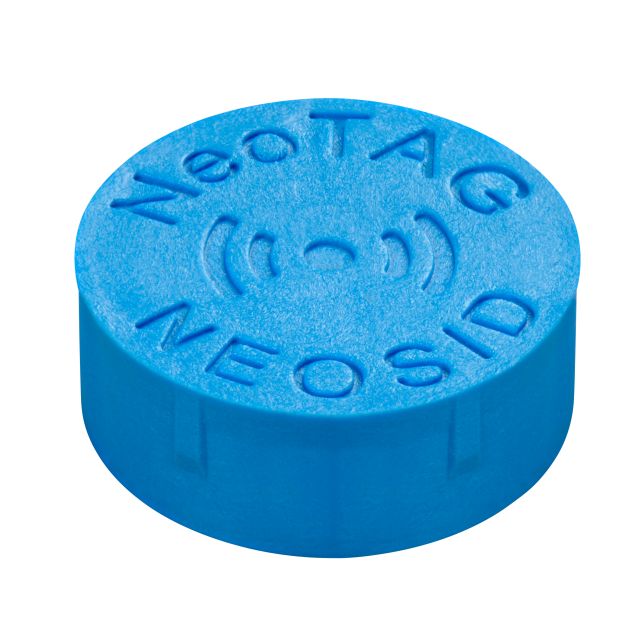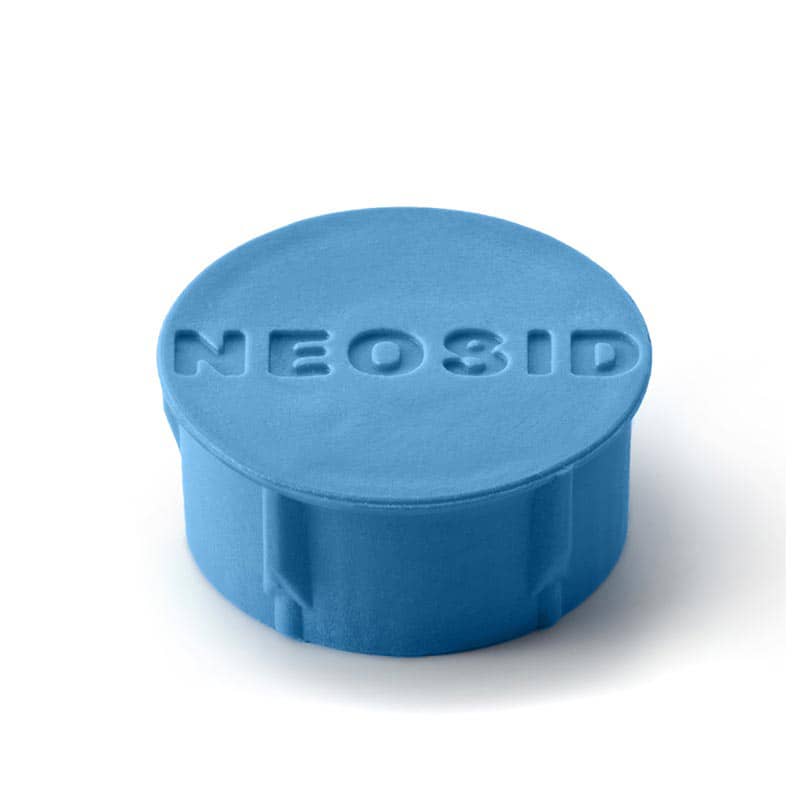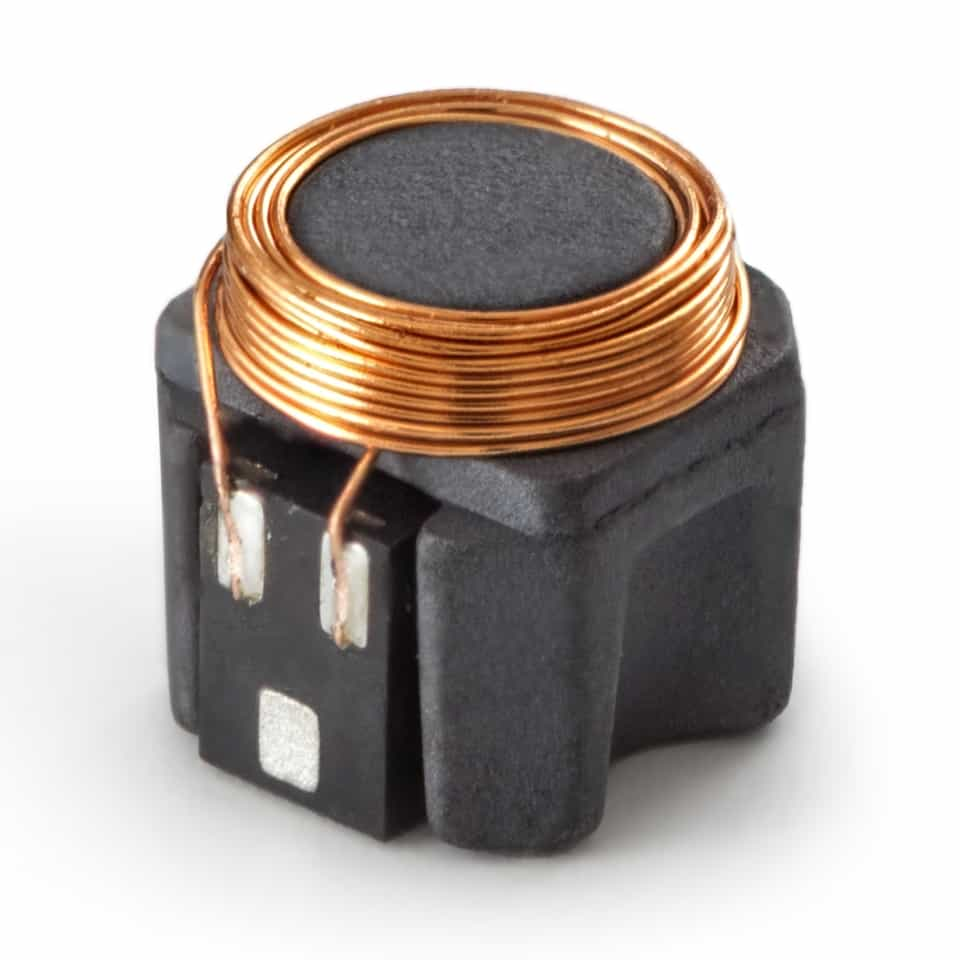Customized Transponders for Harsh Environments
At a glance:
- Transponders in use:
- NeoTAG® Plug MG3326
- NeoTAG® Flag 5242
- NeoTAG® Flag 7678
- Give transparency about materials, tools and raw materials
- Support material-specific recycling at the end of life
The construction industry, with its harsh environmental conditions and complex process landscape, places special demands on RFID systems. Neosid's expertise in the manufacture of robust miniaturized HF RFID transponders comes into its own here. The reliable identification of building objects with them creates the basis for digitized construction.
Miniaturized Transponders for Harsh Environments
The Neosid transponders NeoTAG® Plug MG3326, NeoTAG® Flag 5242 and NeoTAG® Flag 7678 are used in the construction industry. The NeoTAG® Plug MG3326 is a miniaturized transponder with a diameter of 3 millimetres that is pressed into a drilled hole. The miniaturized NeoTAG® Flag 5242 and NeoTAG® Flag 7678 each have an opening through which a cable tie can be passed to identify tools.
The transponders have a plastic housing containing an HF RFID inlay and are read at close range using an external reader or smartphone. They can be embedded in a wide variety of objects and materials such as windows, cladding, steel bolts or concrete segments, or attached to surfaces. The functionality is not affected by metallic surfaces.
Digitized Raw Materials Management Becomes Possible
Precise information and status data are not only crucial for building acceptance, but also for maintenance and repair as well as resource planning. Information on the raw materials used in the components found is immediately available after reading the transponders. This creates transparency about raw materials, material stocks, construction progress and the use of each tagged tool and component.
Recycling by Means of Unique Identification
The material data, which can be read contactlessly from a built structure at the end of its service life, provides information about the recycling processes required for the individual components. The recycling expert reads the RFID tags, accesses the manufacturer data stored in the database and selects the optimum recycling process on this basis in order to optimize CO2 reduction.



